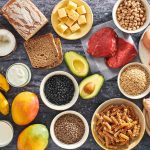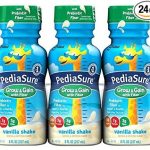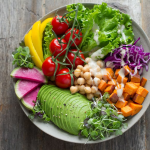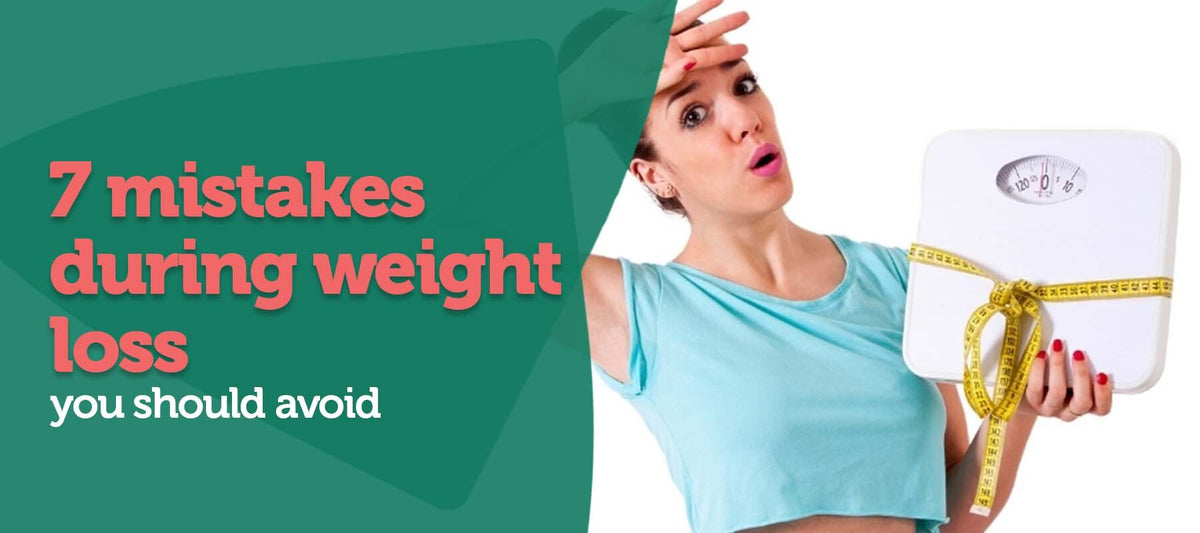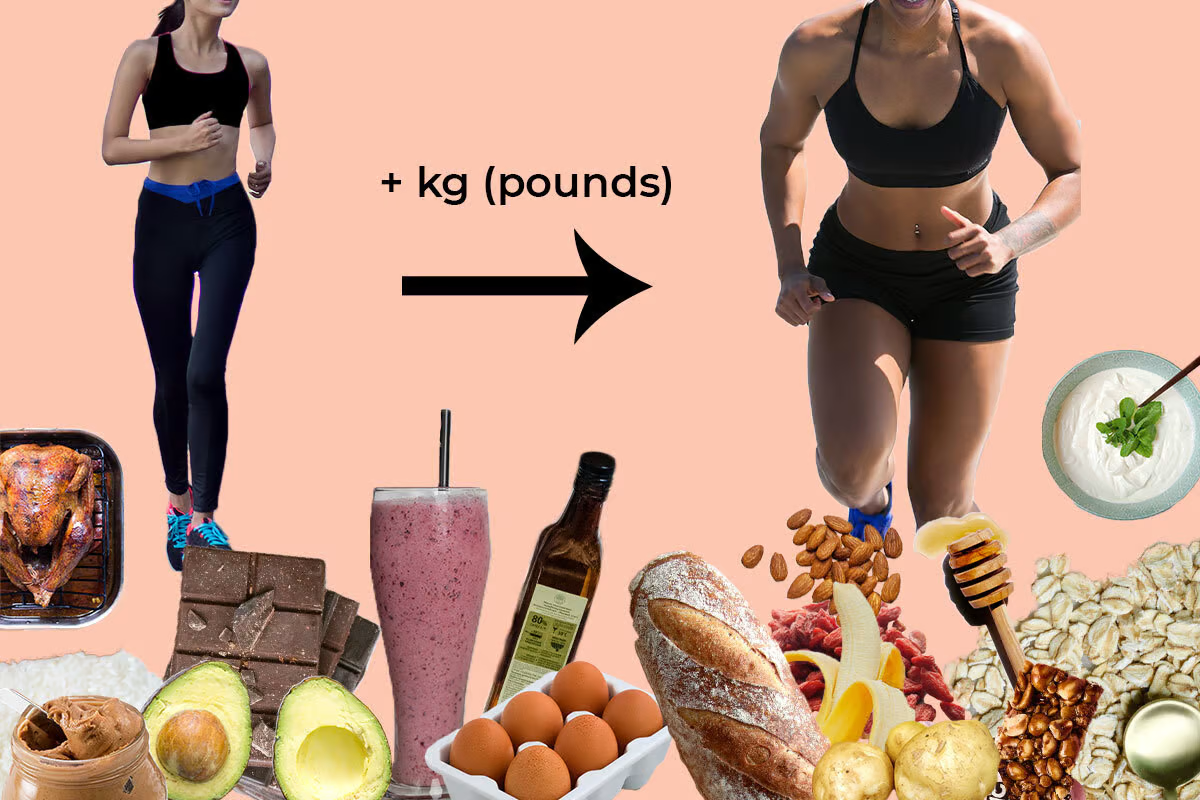
Healthy eating is important for maintaining a balanced lifestyle and achieving weight goals. However, for those looking to gain weight, it can be challenging to do so on a tight budget. Eating healthy and nutrient-dense foods can be expensive, and it’s easy to opt for cheaper, but less healthy, options.
The aim of this article is to provide readers with 10 tips for eating healthy on a tight budget. These tips will include suggestions for weight gain foods, weight gain shakes, protein powder for weight gain, and more. We’ll also discuss high calorie foods for weight gain, best weight gainer options, and weight gain diet plans. Additionally, we’ll touch on specific topics such as food to gain weight for females, menopause weight gain, and sudden weight gain.
By following the tips and recommendations in this article, you can gain weight in a healthy and cost-effective way. Whether you’re a student, a young professional, or a family on a budget, these tips can help you achieve your weight gain goals without breaking the bank.
10 Tips for Eating Healthy on a Tight Budget
1. Plan Your Meals and Make a Grocery List
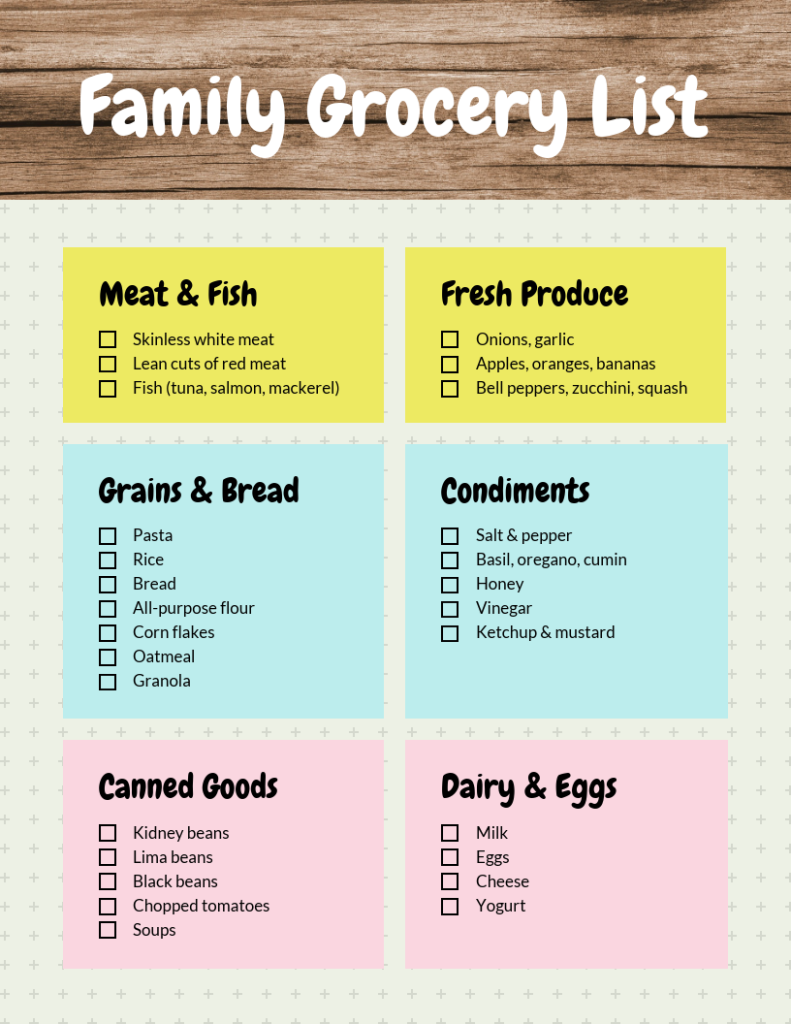
Planning your meals and making a grocery list is one of the most effective ways to save money and eat healthy. By planning ahead, you can avoid impulse buys and make sure that you have everything you need for the week. This can also help you avoid eating out or buying fast food when you’re in a rush.
To start, take a look at your schedule for the week and plan out your meals accordingly. Think about the weight gain foods that you want to incorporate into your diet and find affordable ways to prepare them. You can also consider making large batches of meals to save time and money.
Once you have your meal plan in place, create a grocery list. This will help you stay organized and focused when you’re at the store. Make sure to include all the ingredients you’ll need for your meals, as well as any snacks or other items you may need throughout the week.
By planning your meals and making a grocery list, you can ensure that you have all the weight gain shakes, protein powder for weight gain, and other weight gain foods you need for a healthy diet. This will also help you save money and avoid wasting food.
2. Buy in Bulk
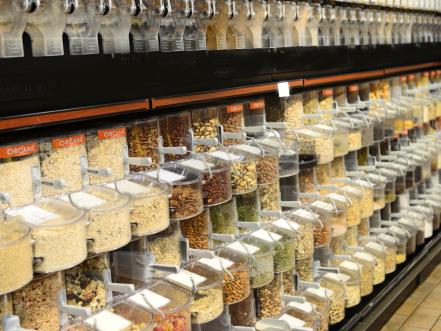
Buying in bulk is a great way to save money on weight gain foods and other healthy items. When you buy in bulk, you’re paying less per unit than you would if you bought each item individually. This can add up to significant savings over time.
When buying in bulk, it’s important to choose items that you know you’ll use. Look for weight gain shakes, protein powder for weight gain, and other weight gain foods that have a long shelf life and can be stored easily. You can also consider buying non-perishable items such as nuts, seeds, and grains in bulk.
One of the best places to buy in bulk is at warehouse clubs such as Costco or Sam’s Club. These stores offer large quantities of items at discounted prices. However, make sure to compare prices to ensure that you’re getting the best deal.
Another option is to shop online. Many online retailers offer bulk items at discounted prices, and some even offer free shipping. Just be sure to check the expiration dates and shipping costs before making a purchase.
By buying in bulk, you can save money on weight gain foods and other healthy items, and ensure that you have what you need for your weight gain diet plan.
3. Cook in Bulk
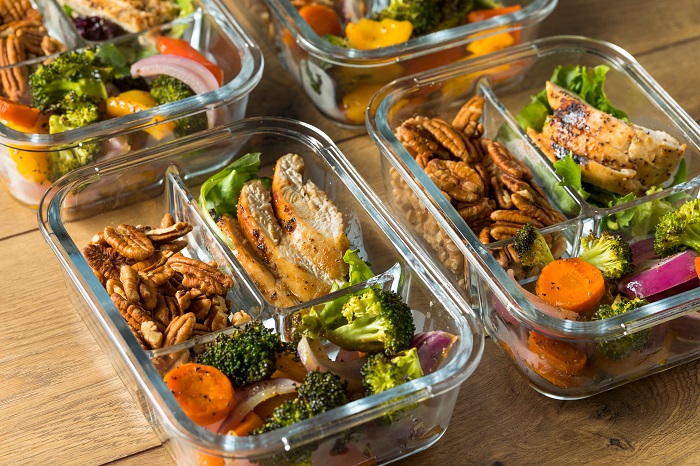
Cooking in bulk is another great way to save money and time when trying to eat healthy on a tight budget. By cooking large batches of food, you can save money on ingredients and reduce the amount of time you spend cooking throughout the week.
To start, choose weight gain foods that can be easily prepared in large quantities, such as rice, beans, and roasted vegetables. You can also make large batches of soups, stews, and casseroles that can be reheated throughout the week.
Investing in a slow cooker or pressure cooker can also make cooking in bulk much easier. These appliances allow you to prepare large meals with minimal effort, and can be a great way to save time and energy.
When cooking in bulk, make sure to have plenty of storage containers on hand. This will allow you to store your meals in the refrigerator or freezer, and reheat them as needed throughout the week.
Cooking in bulk can be a great way to ensure that you have plenty of weight gain foods on hand for your weight gain diet plan. It can also save you money and time, making healthy eating more convenient and accessible.
4. Use Cheaper Protein Sources
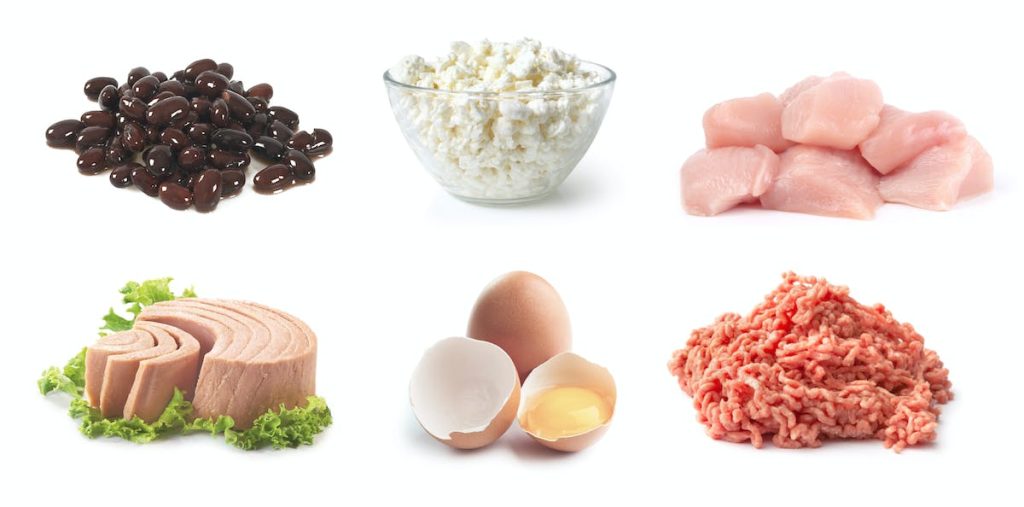
Protein is an essential nutrient for building muscle and gaining weight, but it can also be expensive. However, there are plenty of cheaper protein sources that can help you meet your daily protein needs without breaking the bank.
Some examples of affordable protein sources include:
- Eggs
Eggs are a great source of protein and can be cooked in a variety of ways. Try making a breakfast burrito with scrambled eggs, cheese, and beans for a high-protein meal.
- Beans and Legumes
Beans and legumes are an excellent source of protein and fiber, and are also very affordable. Try making a batch of homemade hummus with chickpeas, or add black beans to a salad or rice bowl.
- Canned Fish
Canned fish, such as tuna or salmon, is a convenient and affordable way to add protein to your meals. Try making a tuna salad with canned tuna, or add canned salmon to a pasta dish.
- Peanut Butter
Peanut butter is a tasty and affordable source of protein and healthy fats. Spread it on toast or add it to a smoothie for a protein boost.
By incorporating these cheaper protein sources into your weight gain diet plan, you can save money while still meeting your nutritional needs.
5. Choose In-Season Produce
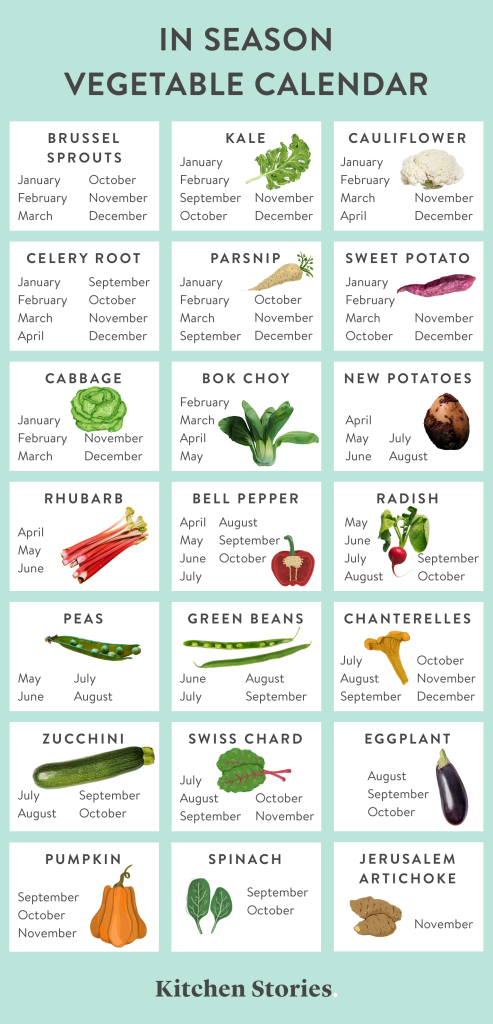
Buying produce that’s in season is not only better for the environment, but it can also be more affordable. When fruits and vegetables are in season, they are usually more abundant, which means they cost less. Plus, in-season produce tends to be fresher and more flavorful.
Here are some examples of in-season produce and recipes that use them:
- Winter
Root vegetables such as carrots, turnips, and potatoes. Try making a roasted root vegetable medley with olive oil and herbs.
- Spring
Asparagus, peas, and spinach. Try making a quiche with asparagus and spinach, or a pea and ham soup.
- Summer
Tomatoes, zucchini, and berries. Try making a tomato and mozzarella salad, grilled zucchini with garlic and lemon, or a mixed berry smoothie.
- Fall
Apples, squash, and Brussels sprouts. Try making a butternut squash soup, roasted Brussels sprouts with bacon, or an apple crisp.
By choosing in-season produce, you can save money while also enjoying fresh and delicious fruits and vegetables.
6. Shop at Farmers’ Markets

Farmers’ markets are a great place to find fresh, locally grown produce at affordable prices. By buying directly from farmers, you can cut out the middleman and save money. Plus, you can often find unique and unusual varieties of fruits and vegetables that you might not find at your local grocery store.
Here are some tips on how to find and shop at farmers’ markets:
- Look online for local farmers’ markets in your area. Many markets have websites or social media pages where you can find information about vendors and hours.
- Go early to get the best selection of produce. Farmers’ markets can get crowded, so it’s a good idea to arrive early to avoid the crowds.
- Bring cash, as many vendors may not accept credit or debit cards.
- Talk to the vendors and ask about their produce. They may have tips on how to cook or store the items you’re interested in.
- Shop in season for the best deals.
By shopping at farmers’ markets, you can support local farmers and enjoy fresh, healthy produce at affordable prices.
7. Use Frozen Produce

Using frozen produce can be a great way to save money on fresh produce while still getting the same nutritional benefits. Frozen produce is often cheaper than fresh produce, especially when it is out of season. Additionally, frozen produce is usually picked and frozen at peak ripeness, so it can actually be more nutritious than fresh produce that has been transported long distances.
To use frozen produce, simply thaw it in the refrigerator or microwave and use it as you would fresh produce. Frozen fruit can be added to smoothies or used in baking, while frozen vegetables can be steamed or added to soups and stews.
Here are a few recipes that use frozen produce:
- Frozen Berry Smoothie
Blend 1 cup of frozen mixed berries, 1 banana, 1 cup of Greek yogurt, and 1 cup of milk until smooth.
- Frozen Vegetable Stir-Fry
Heat 1 tablespoon of oil in a wok or large skillet. Add 1 bag of frozen stir-fry vegetables and stir-fry until tender. Serve over rice or noodles.
- Frozen Mango Salsa
Mix 1 cup of thawed frozen mango chunks with 1 chopped tomato, 1 chopped jalapeño pepper, 1/4 cup of chopped red onion, and 2 tablespoons of chopped fresh cilantro. Serve with tortilla chips.
8. Buy Store Brands
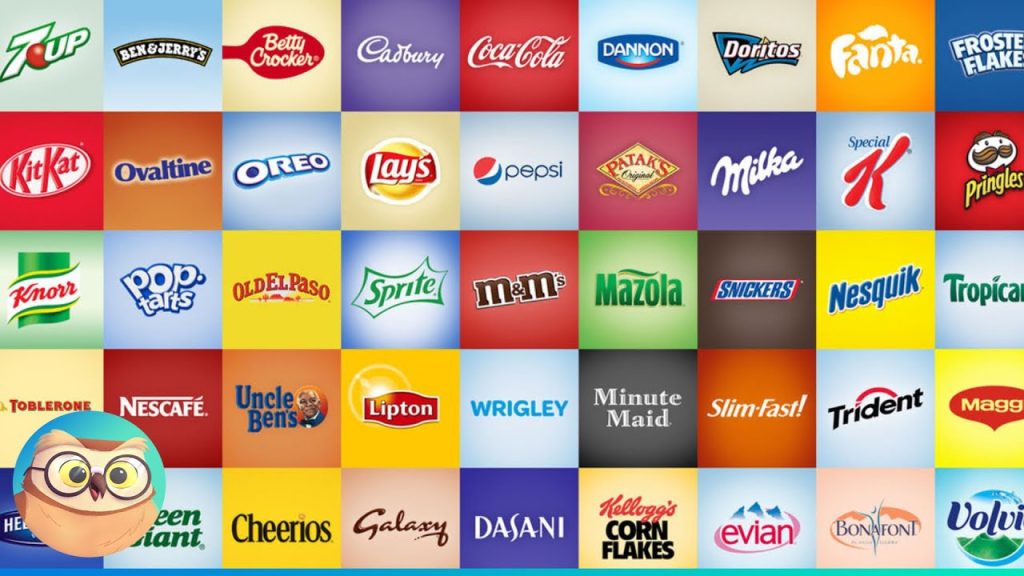
Buying store brands can be a great way to save money on groceries without sacrificing quality. Store brands are often cheaper than name-brand products, but they are made with the same ingredients and are often produced in the same facilities. Additionally, store brands are often just as good, if not better, than name-brand products.
When choosing store brands, look for products that have the same ingredients as their name-brand counterparts. You can also check the nutritional information to make sure that the store brand product has the same nutritional value as the name-brand product.
Here are a few examples of store brand products:
- Peanut Butter
Store brand peanut butter is often cheaper than name-brand peanut butter and is made with the same ingredients.
- Canned Vegetables
Store brand canned vegetables are often cheaper than name-brand canned vegetables and are just as nutritious.
- Pasta
Store brand pasta is often cheaper than name-brand pasta and tastes just as good.
9. Look for Coupons and Sales
Looking for coupons and sales can be a great way to save money on groceries. Coupons can be found in newspapers, magazines, and online, and can be used to get discounts on specific products or on your entire purchase. Sales are often advertised in weekly circulars or online and can be a great way to save money on products you need.
To find coupons, check your local newspaper or search online for coupons for the products you need. You can also sign up for email newsletters from your favorite stores to receive coupons and sales alerts.
Here are a few tips for finding sales:
- Check Weekly Circulars
Many stores advertise their sales in weekly circulars that are mailed to homes or available online.
- Shop Seasonally
Buying produce that is in season is often cheaper than buying produce that is out of season.
- Stock Up on Sale Items
When a product you use frequently goes on sale, stock up on it so that you have it on hand when you need it.
By using these tips, you can eat healthy on a tight budget. By planning your meals, buying in bulk, cooking in bulk, using cheaper protein sources, choosing in-season produce, shopping at farmers’ markets, using frozen produce, buying store brands, and looking for coupons and sales, you can save money on groceries without sacrificing nutrition or taste.
10. Prepare Your Own Meals and Snacks

Preparing your own meals and snacks can save you money and help you eat healthier. When you cook your own meals, you have control over the ingredients and portion sizes.
This can be especially helpful for those looking to gain weight, as it allows you to include high-calorie foods and healthy fats in your meals. It also allows you to avoid expensive, pre-made meals and snacks that may not be as healthy or filling.
To prepare your own meals and snacks, start by planning your meals ahead of time and making a grocery list. Choose recipes that use inexpensive ingredients and can be made in large batches.
Invest in some basic kitchen tools, such as a slow cooker or blender, to make meal prep easier. And don’t forget to pack your own snacks to take with you on-the-go, such as homemade trail mix or granola bars.
Conclusion
Gaining weight on a budget is possible with these 10 tips for eating healthy on a tight budget. Planning your meals and making a grocery list, buying in bulk, cooking in bulk, using cheaper protein sources, choosing in-season produce, shopping at farmers’ markets, using frozen produce, buying store brands, and looking for coupons and sales can all help you save money while still eating healthy and gaining weight.
Preparing your own meals and snacks can give you even more control over your diet and your budget. With these tips, you can achieve your weight gain goals without breaking the bank.
Frequently Asked Questions
1. Is it possible to gain weight on a budget?
Yes, it is possible to gain weight on a budget by making healthy and budget-friendly food choices and planning meals and grocery shopping in advance. This can involve choosing nutrient-dense foods like whole grains, fruits, vegetables, and lean proteins, and incorporating affordable options like frozen produce, store brands, and bulk foods.
It’s also important to prepare meals and snacks at home instead of eating out to save money and have more control over ingredients.
2. Is it cheaper to eat unhealthy foods?
Contrary to popular belief, unhealthy foods are not always cheaper than healthy options. While some highly processed, calorie-dense foods may be cheaper than whole, nutrient-dense foods, there are many affordable healthy foods that can be incorporated into a budget-friendly diet.
By using strategies like shopping for in-season produce, buying store brands, and preparing meals and snacks at home, it’s possible to eat healthy and gain weight on a budget.
3. How can I make sure I’m getting enough nutrients on a budget?
To ensure you’re getting enough nutrients on a budget, prioritize nutrient-dense foods like whole grains, fruits, vegetables, and lean proteins. These foods provide a range of essential vitamins, minerals, and other nutrients that are important for overall health and weight gain.
Additionally, there are many budget-friendly options for these types of foods, such as frozen produce, beans, canned tuna, and whole grain pasta. Planning meals and grocery shopping in advance can also help ensure you have a variety of nutrient-rich foods on hand.
4. Can I eat out on a budget and still gain weight?
Eating out can be expensive, but it’s still possible to make healthy and budget-friendly choices. Look for deals and promotions at restaurants, choose lower-cost options like salads or sandwiches, and avoid high-calorie, low-nutrient foods like fried foods and sugary drinks.
You can also prepare for eating out by eating a healthy snack beforehand so you’re not as hungry, or bringing your own snacks or leftovers to supplement your meal. Ultimately, preparing meals and snacks at home is the most budget-friendly and healthy option for weight gain.
5. How can I avoid food waste while trying to eat healthy on a budget?
To avoid food waste while eating healthy on a budget, plan meals and grocery shopping based on what’s already in the pantry and fridge. Use ingredients that are close to expiration or leftover from previous meals, and freeze any extra portions for future use.
Be mindful of portion sizes when preparing meals and consider using leftovers for future meals or snacks. Additionally, consider composting any food scraps instead of throwing them away. By reducing food waste, you can save money and ensure that you’re making the most of your food budget.













